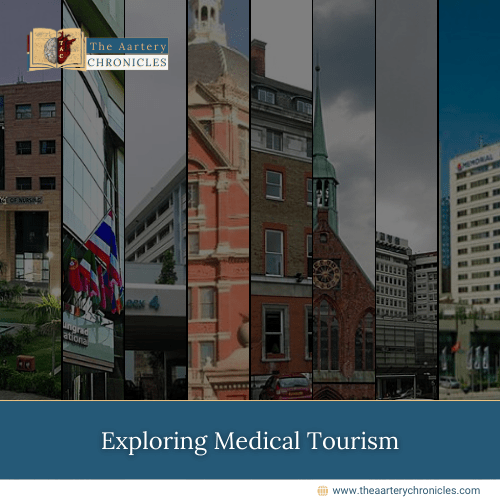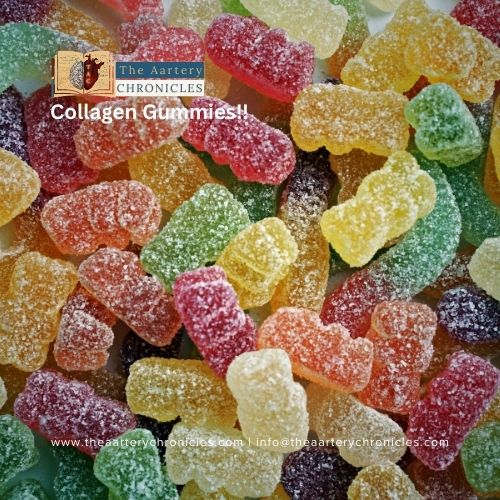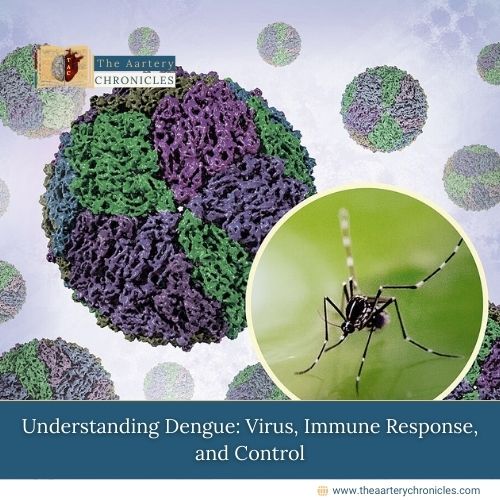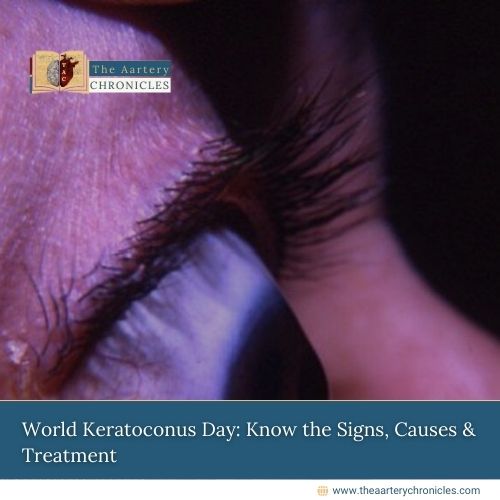

Hidden Household Toxin Triples Liver Disease Risk
Summary: Hidden household toxin triples liver disease risk, study finds. Researchers have linked tetrachloroethylene (PCE), a chemical used in dry cleaning and household products, to a threefold higher risk of severe liver scarring, even in people without alcohol or obesity-related risk factors. Since PCE lingers in air, water, and consumer goods, experts warn it may explain many unexplained liver disease cases worldwide.
Could Your Home Be Harming Your Liver?
A new study reveals that exposure to tetrachloroethylene (PCE), a chemical found in dry-cleaning agents and household products, can triple the risk of liver fibrosis, a serious condition that can lead to liver cancer or failure
Researchers from Keck Medicine of USC published their findings in Liver International, pointing to a hidden environmental factor that could explain liver damage in people without typical risks such as alcohol use or obesity.
“Exposure to PCE may be the reason why one person develops liver disease while someone with the same health profile does not,” said Dr. Brian P. Lee, hepatologist and lead author of the study.
Everyday Exposure: The Hidden Danger in Air and Water
PCE is a man-made, colourless solvent used in dry cleaning, degreasing agents, and home products such as
- Spot removers
- Adhesive glues
- Metal polishes
It slowly evaporates into the air from freshly dry-cleaned clothes or seeps into drinking water through soil contamination.
The International Agency for Research on Cancer (IARC) classifies PCE as a probable carcinogen. Past studies have linked it to
- Bladder cancer
- Non-Hodgkin lymphoma
- Multiple myeloma
And now, this new evidence adds liver damage to the list of health concerns.
The Study: Greater Exposure, Greater Risk
Using data from the National Health and Nutrition Examination Survey (NHANES), the team analysed blood samples from over 7% of adults who had detectable levels of PCE.
Those with measurable exposure were three times more likely to have significant liver fibrosis, regardless of age, sex, or ethnicity.
Interestingly, higher-income individuals likely frequent users of dry-cleaning services, had greater PCE levels. However, dry-cleaning workers face the highest risk due to prolonged direct contact.
For every 1 nanogram/mL increase in PCE, the chance of developing fibrosis rose fivefold.
When Traditional Risk Factors Don’t Add Up
Many patients with liver disease often wonder: “How can I have liver damage if I don’t drink or have obesity?”
This research provides a possible answer: environmental exposure.
Dr. Lee explains, “Patients will ask how they developed liver disease despite avoiding alcohol or metabolic risk factors, and the answer may be PCE exposure.”
Traditional culprits like alcohol, fatty liver, or hepatitis didn’t seem to influence fibrosis when PCE was present, making it a stealthy, overlooked toxin in modern homes.
Policy Action and Public Awareness
Due to mounting evidence, the U.S. Environmental Protection Agency (EPA) has announced a 10-year phaseout of PCE in dry cleaning and imposed tighter controls on industrial usage.
However, the chemical still exists in consumer products and remains unregulated in several countries, raising global health concerns.
Beyond PCE: Other Environmental Toxins in Focus
Dr. Lee believes this is just the beginning.
“No doubt there are other toxins in our environment besides PCE that are dangerous to the liver,” he said.
Researchers hope these findings prompt broader screening for liver fibrosis among people with possible exposure, leading to earlier detection and better recovery outcomes.
Conclusion: A Hidden Threat Worth Investigating
This groundbreaking study underscores how everyday chemical exposure can silently damage the liver. As researchers dig deeper into environmental causes of liver disease, awareness becomes key.
If you frequently use dry-cleaning services or certain household products, be cautious. Reducing exposure to PCE and other volatile chemicals could protect your liver in the long run.
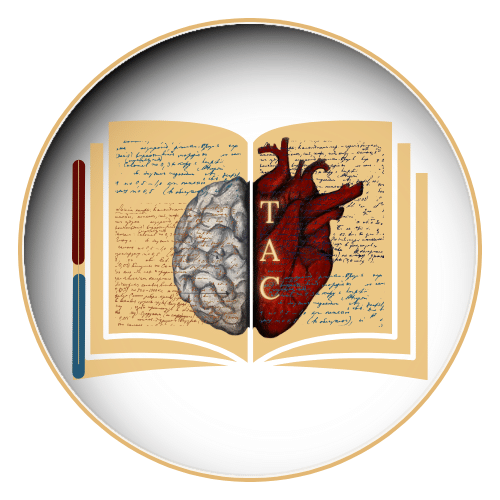
Dane
I am an MBBS graduate and a dedicated medical writer with a strong passion for deep research and psychology. I enjoy breaking down complex medical topics into engaging, easy-to-understand content, aiming to educate and inspire readers by exploring the fascinating connection between health, science, and the human mind.

